The content of the article
Tomatoes are members of the nightshade family. At first, Europeans and Slavic peoples were distrustful of the red vegetable that came from South America. But now tomatoes are actively used for making pizza and salads, home-made ketchup and various preservation.
It is better to grow tomato seedlings yourself. Then you can be sure that the plant has received the maximum amount of nutrients, and will give an excellent harvest.
Stage 1: Earth
Soil for seedlings should be infused for at least 3 weeks, if it has not been prepared in the fall, so they start by mixing the components, and then proceed to seed treatment.
As a basis, you can use:
- land from a garden or greenhouse;
- humus or compost;
- coarse river sand;
- peat, but not in its pure form;
- loam;
- mullein.
Components are taken in approximately equal parts. You can put more peat or land, and less sand or compost. The soil should be moderately acidic. After mixing 3-4 components, it is necessary to disinfect the soil for growing tomatoes.
Method 1: High Temperatures
Transfer the earth to a baking sheet, and send to the oven, turned on to the maximum. Hold an hour. Instead of the oven, the chernozem is heated in the microwave.
An alternative is to put the earth in gauze and in a double boiler. Hold for 60–70 minutes.
Method 2: Cold Processing
If the outside temperature drops below -15–20, pour the soil into plastic, cardboard or wooden boxes. Put in the yard or on the balcony. Keep a few days so that the ground is well frozen. After bring in a warm room.
The chernozem taken from the garden often contains weed seeds or pest eggs, which are waiting for the right moment to attack young seedlings. High or low temperatures help kill infections, fungi and larvae.
The soil purchased in a flower shop can be poured with boiling water for prevention or treated with a potassium permanganate solution.
A few days before planting seeds in the ground, you can add fertilizers that will stimulate the growth of tomatoes. The most popular (based on 5-6 kg of the mixture):
- superphosphate (30 g);
- urea (10-15 g);
- potassium sulfate (25-30 g);
- carbamide (10 g);
- wood ash (300-400 g).
So that the base is loose, and retains moisture for a long time, you can add coconut substrate or small sawdust, for example, alder.
Tip: Gardeners who want to save time on preparing black soil for tomato seedlings should visit flower shops and stock up peat tablets. In such alternative pots, the plant does not have to be dived until landing in the ground.
Stage 2: Seed Selection and Preparation
Planting material in bags is bought by beginners who just decided to start growing tomatoes, and experienced summer residents who dream of trying exotic varieties. Harvesting seeds at home is quite simple, so gardeners with many years of experience use varieties of their own collected.
Purchased seed does not need to be treated with fungicides or fed with fertilizers. Sometimes it needs to be soaked, in other cases, the seeds from the bag fall immediately into the ground.
Homemade preparations go through several preparatory stages, and only after that they become suitable for growing healthy and strong tomatoes.
Step 1: Selection
Use only medium or large seeds. Discard and discard small, blackened, or damaged ones. Pour the planting material into a jar, and pour in a solution: 0.5 teaspoon of liquid in a teaspoon of salt.Chop together with seeds, wait 10 minutes. Empty shells floating on the surface, pour into the sink. Pour the precipitate gently into gauze, or a fine sieve, and rinse well in plain water.
Step 2: Disinfection
Put the dried workpieces in a gauze bag and immerse in a solution. There are two options:
- Potassium permanganate: dissolve several crystals in water. The liquid should acquire a purple hue;
- Peroxide: 3% pharmacy in the amount of 3-5 ml diluted in 100 ml of boiled water.
The solution is heated to 40º, the seeds are immersed in it for 30 minutes. After disinfection, you need to wash off the remnants of the product under running water.
Step 3: Soak
- Find a rectangular plastic box of cakes or cake in the house, you can take a food container.
- Hole a container on each side with a needle so that air enters.
- Fill the bottom with cotton swabs, or pieces of dense fabric (gauze will not work) soaked in water.
- Put planting material on the workpiece.
- Flatten so that the seeds lie in a thin layer.
- Place in a warm room in which the temperature does not drop below +20.
- Keep 3-5 days until the workpiece hatch.
You can moisten the swabs in ordinary water, or add willow decoction or juice from a three-year-old aloe to it. To get the latter, you need to hold several sheets of the plant in the refrigerator, grind, and squeeze. Dilute the juice with liquid in equal proportions.
Step 4: Make-up (optional)
Some summer residents before soaking immerse tomato seeds in a nutrient mixture to stimulate growth, and provide future seedlings with useful trace elements. The solution is prepared from water (1 l), to which are added:
- superphosphate 0.5 g;
- boric acid 0.02 g;
- copper sulfate 0.08 g;
- ammonium sulfate 0.1 g;
- potassium salt 0.3 g;
- and ammonium molybdate 0.05 g.
The average time for soaking and sowing seeds for seedlings:
Residents of the southern regions of Russia and Ukrainians can start preparing seed in February, so that the tomatoes are ready by May 20. The land in the garden will warm up well, and at night the temperature will not drop below 0, so the tomatoes take root in the open ground without any problems.
Summer residents from the central regions of the Russian Federation are advised to deal with tomato seedlings from March 15. Plant tomatoes in the garden no earlier than the beginning of June, so that they do not freeze, and quickly adapt.
It is recommended to start growing seedlings in the northern regions on April 15, because spring comes late in Siberia and the Urals. You can move tomatoes to the garden closer to mid-June, when it becomes warm and the temperature stabilizes.
What tomatoes to choose
In greenhouse conditions, strong-growing varieties that can produce crops several times a season are well established. In open ground conditions, preference is given to undersized tomatoes that do not need to be tied.
Seedlings of the early type provide summer residents with a harvest already in late spring - at the beginning of summer. But she is capricious and tender, requires careful care. Mid-ripening tomatoes ripen at the height of the season, and later ones are fresh tomatoes on the table until late autumn.
Stage 3: Landing and Care
Tomatoes tolerate picking well, so initially they can be dropped in a box:
- Fill the container with drainage material, the layer thickness is 2 cm. A nut shell or sunflower husk, small stones, grated foam or crushed brick are suitable.
- Pour the prepared soil, compact, and make holes or grooves.
- The depth of the holes for sprouted seeds is from 0.5 to 1 cm, for dry seeds - 1.5–2 cm.
- Between future bushes it is recommended to make a distance of at least 2-3 cm so that the roots do not intertwine.
- Wells are watered with water, and 2 seeds are placed in each hole with tweezers or a match.
- Pick up a shovel of earth, and sprinkle tomatoes, but do not ram.
- Dry seeds can be sprayed out of the spray gun to make them hatch faster.
In a similar way, you can plant tomatoes in plastic pots, peat tablets, cassettes or milk bags. Some summer residents use disposable cups or cut-off bottles. The main thing is that at the bottom of the tank there should be one or more holes, due to which the soil is saturated with oxygen.
From seed to sprout
While tomato crops do not hatch, boxes and pots with future seedlings are kept in a warm room. The optimum temperature for the normal development of tomatoes is + 24–26 degrees. The container with seeds is covered with a film, or put into a bag. Moisturize the soil with warm water, regularly spraying from a spray bottle. If mold has appeared on the surface of the earth due to abundant watering, it is carefully removed and the black soil is disinfected with fungicides: Fitosporin or Fundazol.
The seeds do not need the sun, but when the first shoots appear, the film is replaced with a glass cover, and the boxes are placed on the windowsill, or placed under a daylight lamp. Seedlings are constantly watered, but the liquid should not reach the top of the plant.
A pick is carried out when the tomatoes get stronger, and they will form at least 2 true, not cotyledon leaves.
Fundamental rules
Tomatoes are transplanted from the box into individual pots twice: first they are placed in small glasses. The soil is abundantly watered, and the roots are taken out along with clods of earth. 200 ml of chernozem are enough for young bushes to get stronger. It is recommended to add mineral fertilizers to the ground: a tablespoon on a 5 liter base.
Seedlings adapt to new conditions after 3 weeks, so the second time a pick is carried out precisely after 21 days. Enough 1 liter pots.
Tip: When transplanting from a box to a pot, do not pinch the central root. The development of an injured plant slows down for several weeks.
About fertilizers
For the first time, seedlings of 2 to 3 weeks old are fed. It is recommended to use bird droppings, vermicompost or other natural ingredients. Young tomatoes can be fertilized with nitrogen, and overgrown bushes taste more potassium. If the plants turn yellow, you need to add urea or epin to the soil.
To fluff the earth, mix water with fertilizers, and pour each bush from a pipette or syringe.
Temperature mode
Prior to picking, seedlings should be kept on lighted window sills at +20. After transplanting into individual pots, increase to +25, maintain this temperature for a week. At night, you can reduce it to +17. In the second week, reduce to +20. Gradually lower the degree to prepare the tomatoes for natural conditions.
Stage 4: Hardening
It is useful to take out the grown seedlings outside if at least +15 outside the window. On quiet sunny days, you can open the window for a couple of hours. Plants are afraid of direct sunlight, from them they turn yellow and fade.
2 weeks before planting on the bed, the tomatoes are left to “sleep” on the balcony, if the night temperature does not drop below zero. Do not forget about fertilizers that are applied to the soil every week - a maximum of 1.5.
The first flower brushes appear on bushes 45–50 days old. So, it's time to move the tomatoes to the greenhouse or garden. To delay the landing for a week, you need to tear off the brush. The second will appear after 7 days, but you can’t pull it anymore.
Seedlings, which are regularly watered, fertilized and hardened, quickly adapt to open ground conditions. It is enough to loosen the earth in a timely manner, to bring water with nutrients, and the crop will be royal.
Video: some secrets and tips in growing tomato seedlings

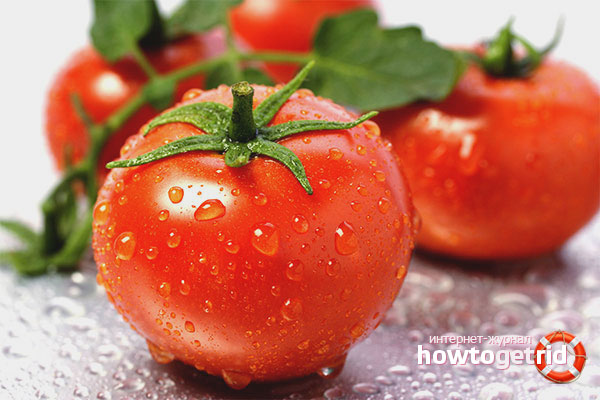
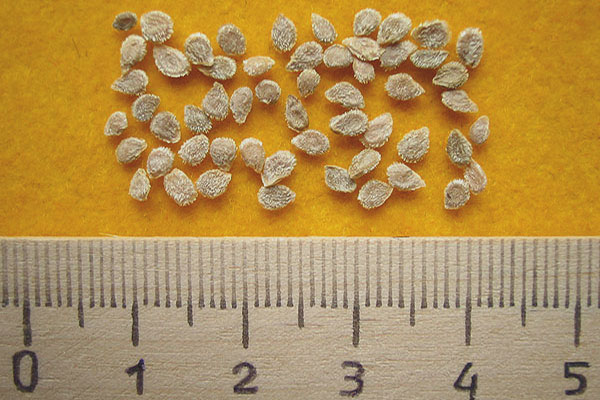
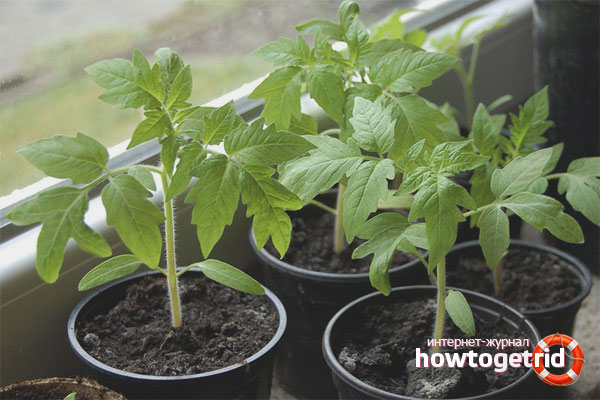

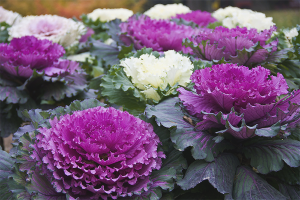
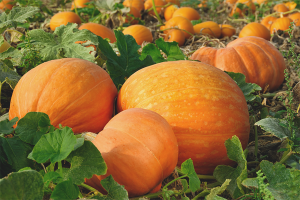
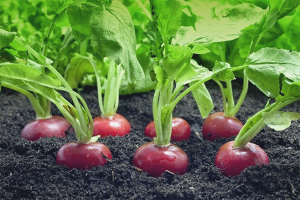

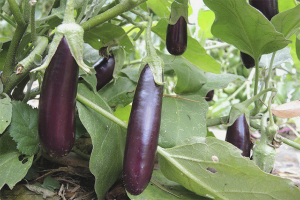
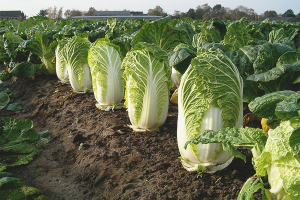
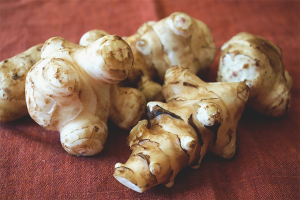
Submit